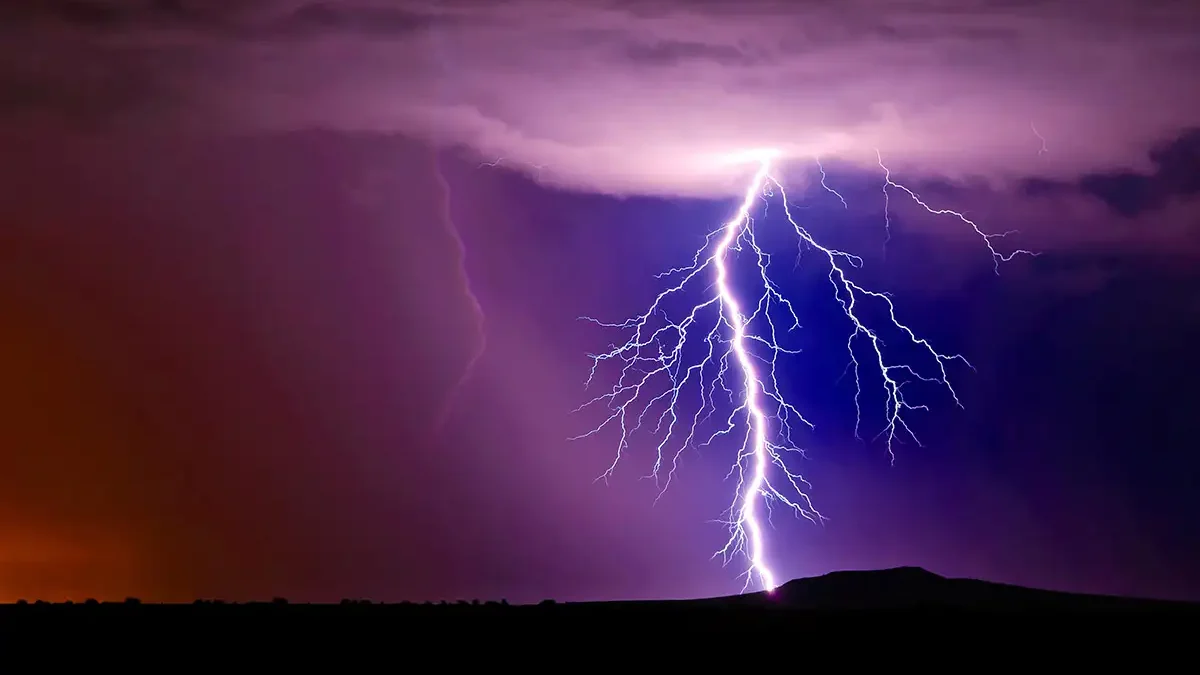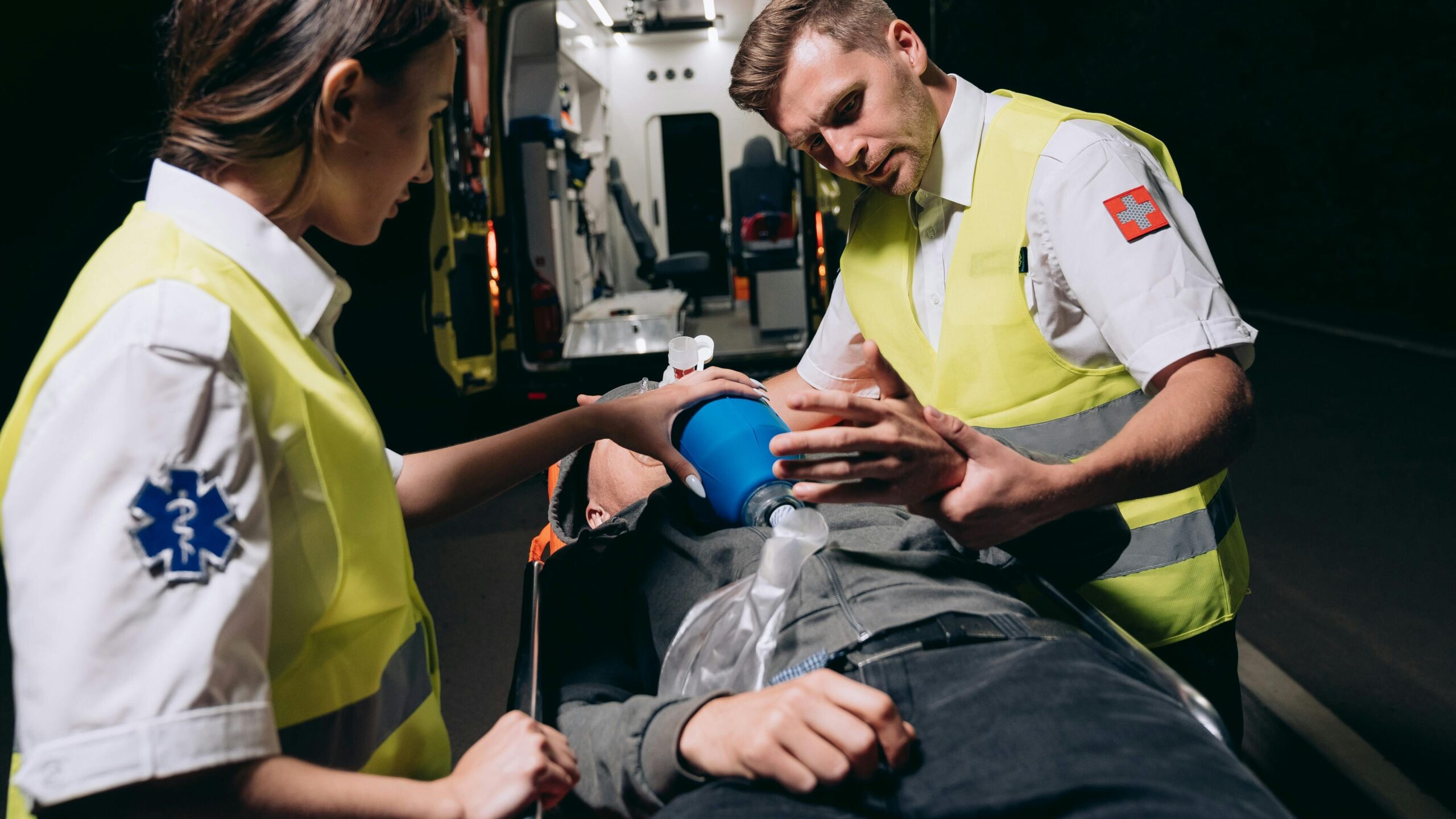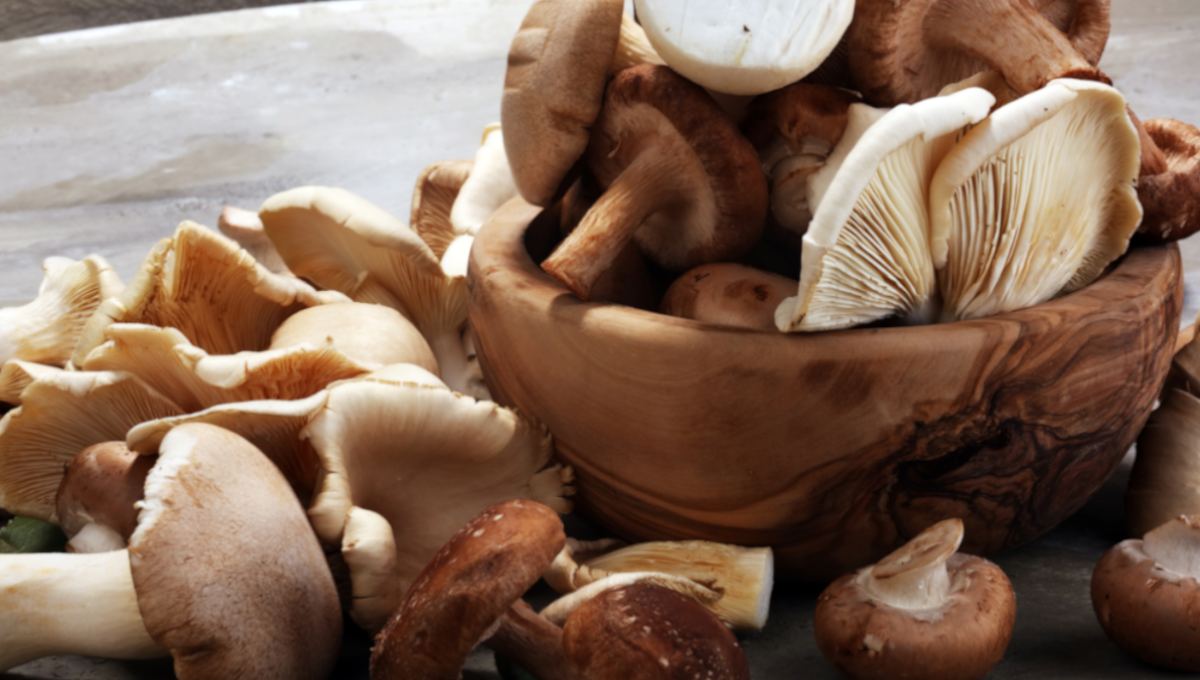Mushrooms can be a delicious addition to your meal or a gateway to a psychedelic experience. However, they can also be deadly. Understanding the complexities of mushrooms, their potential risks, and appropriate responses is crucial. This blog post will delve into the fascinating yet perilous world of mushrooms, highlighting key points for prehospital care providers.
Identifying Mushrooms: A Challenge for All
Identifying mushrooms is notoriously difficult. Even toxicologists rely on mycologists—experts in mushrooms—to accurately identify them. This is because mushrooms can look deceptively similar, with deadly species mimicking benign ones. In cases of suspected mushroom ingestion, mycologists are available through poison centers 24/7 to assist with identification.
The Spectrum of Mushroom Toxicity
Mushrooms contain various xenobiotics that can produce a range of effects, many of which are undesirable. These effects include nausea, vomiting, muscarinic toxicity, liver toxicity, and renal failure. For simplicity, we can categorize mushrooms into three main groups:
1. Non-Toxic, Edible Mushrooms:
– Generally safe for consumption and often bought from stores.
– Foraging for mushrooms, even by experts, can be risky due to look-alike toxic species.
2. Toxic Mushrooms:
– Contain chemicals that produce different toxic effects, resulting in a variety of presentations.
– Symptoms can range from mild gastrointestinal upset to severe organ failure.
3. Psilocybin-Containing Mushrooms:
– Known as “magic mushrooms,” these contain the hallucinogenic compound psilocybin.
– Used recreationally for their psychedelic effects but can lead to unintended toxic effects.
Routes of Exposure to Toxic Mushrooms
People encounter toxic mushrooms in various ways:
– Exploratory Ingestion: Often involves young children who accidentally consume mushrooms they find.
– Foraging: Individuals seek edible mushrooms but mistakenly pick toxic ones. Cooking does not neutralize these toxins.
– Restaurant Contamination: Rare cases where dishes contain toxic mushrooms.
– Psychedelic Use: Rare instances of users consuming toxic mushrooms thinking they are psilocybin-containing.
Geographic Distribution of Toxic Mushrooms
Toxic mushrooms are found throughout the United States, making it essential for EMS providers to be vigilant regardless of location.
Understanding Mushroom Toxins
Several toxins are responsible for the adverse effects of mushrooms, some examples are:
– Amatoxins
– Cyclopeptides
– Phallotoxins
– Gyromitrin
– Arelanine
– Olenic Norleucine
Symptoms and Complications
Symptoms of mushroom toxicity can vary:
– Early Symptoms: Nausea and vomiting, often within the first few hours. This is usually a good sign and represents a less severe form of toxicity.
– Serious Symptoms: Delayed onset (6-8 hours) indicates more severe toxins, potentially leading to organ failure.
Specific complications include:
– Liver Failure: Toxins interfere with DNA transcription, leading to cell death.
– Seizures: Gyromitrin is converted to monomethylhydrazine, causing refractory seizures treatable with pyridoxine (Vitamin B6).
– GI Irritants
– Hemolytic Anemia
– Rhabdomyolysis
– Bronchitis: Caused by airborne spores from agitated mushrooms.
Treatment Strategies
Treatment for mushroom toxicity is primarily supportive:
– Early Intervention: Prevent absorption and promote toxin elimination.
– Activated Charcoal: Useful even in late presentations due to enterohepatic recirculation.
– Antibiotics: Some may inhibit liver absorption.
– Aggressive Interventions: Biliary drains to prevent enterohepatic circulation.
– Seizures: Standard treatment with benzodiazepines, moving to specific treatments if standard therapies fail.
Psilocybin Mushrooms: Special Considerations
Psilocybin mushrooms produce hallucinogenic effects by interacting with serotonin, dopamine, and norepinephrine receptors. While generally safe, they can occasionally cause serotonin syndrome, especially when combined with other serotonergic agents. Management of a “bad trip” involves reducing stimuli and possibly using benzodiazepines for anxiety control.
Conclusion
Mushrooms present a unique challenge to EMS professionals due to their diverse and complex nature. Proper identification, understanding the spectrum of toxicity, and appropriate treatment are crucial in managing mushroom-related emergencies. The best thing you can do is recognize the exposure and relay that to the emergency department. You may be the only way it gets diagnosed. Stay informed and prepared to provide the best care possible in these potentially life-threatening situations.





